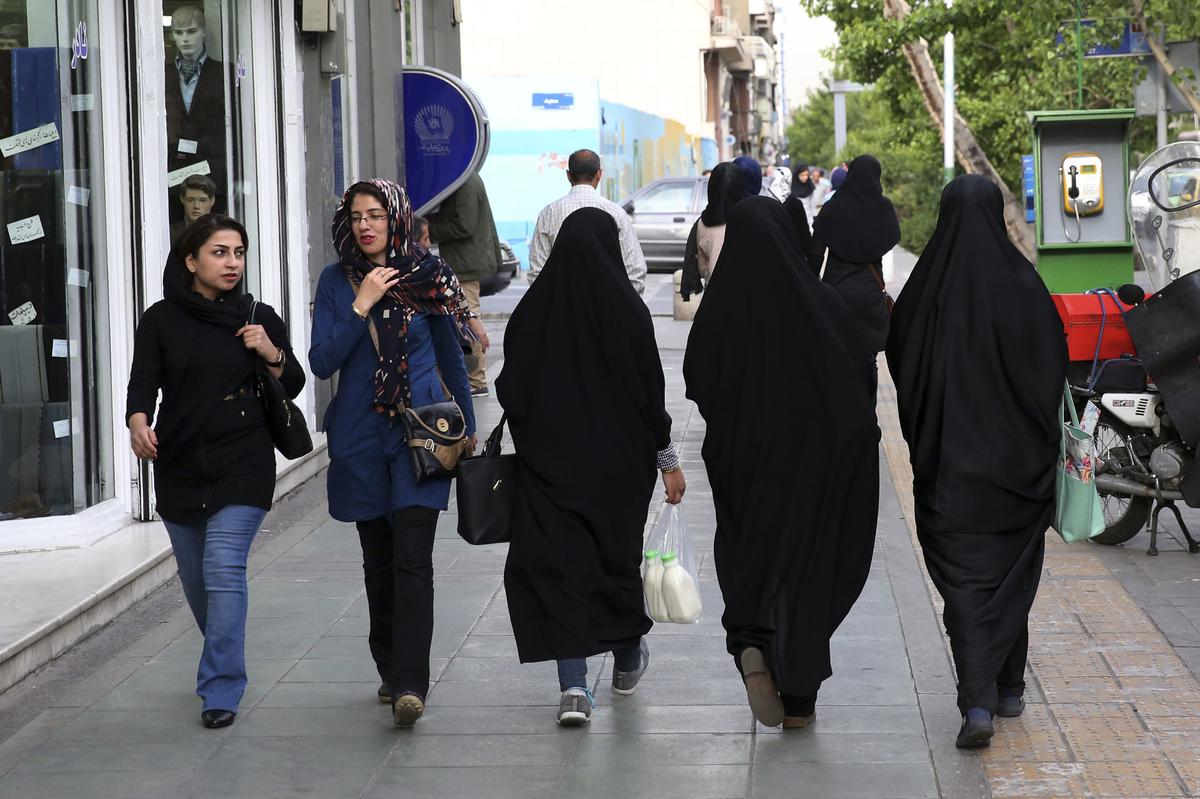
Iranian authorities recently announced the revival of a campaign aimed at compelling women to adhere to the Islamic headscarf. This development comes as the morality police return to the streets, nearly 10 months after the death of a young woman in their custody triggered nationwide protests.
The resumption of the campaign by the morality police is seen as a significant shift in their approach. Following the tragic death of 22-year-old Mahsa Amini last September, the authorities had scaled back their presence in response to widespread demonstrations that demanded political change and voiced discontent with the country’s theocratic regime, which has governed Iran for more than four decades.
The enforcement of the Islamic dress code has long been a contentious issue in Iran. The government mandates that women cover their hair with a headscarf, known as a hijab, as a symbol of modesty and adherence to Islamic values. However, there has been a persistent resistance to this requirement, particularly among a segment of the population that seeks greater personal freedom and choice in matters of attire.
The return of the morality police to the streets signals the government’s determination to reinforce the dress code and maintain a conservative social order. This move has raised concerns among human rights activists and advocates for individual liberties, who view it as an infringement on personal freedom and an attempt to restrict women’s autonomy.
While the resumption of the campaign may be seen by some as a repressive measure, it is important to note that Iran’s society is diverse, with differing perspectives on matters of personal and religious expression. The enforcement of the dress code has been a subject of debate and contention within Iranian society, reflecting a broader struggle between conservative forces and those advocating for more liberal social norms.
The situation in Iran serves as a reminder of the ongoing tensions between tradition and modernity, and the ongoing struggle for individual rights and freedoms. As the campaign to impose the Islamic dress code resumes, it is crucial to foster open dialogue and promote understanding, while also respecting the rights and dignity of individuals.
It remains to be seen how the Iranian society will respond to this renewed campaign and whether it will reignite protests and calls for change. The dynamics between the government, the morality police, and the people will continue to evolve as different voices and perspectives seek to shape the future of Iran.
